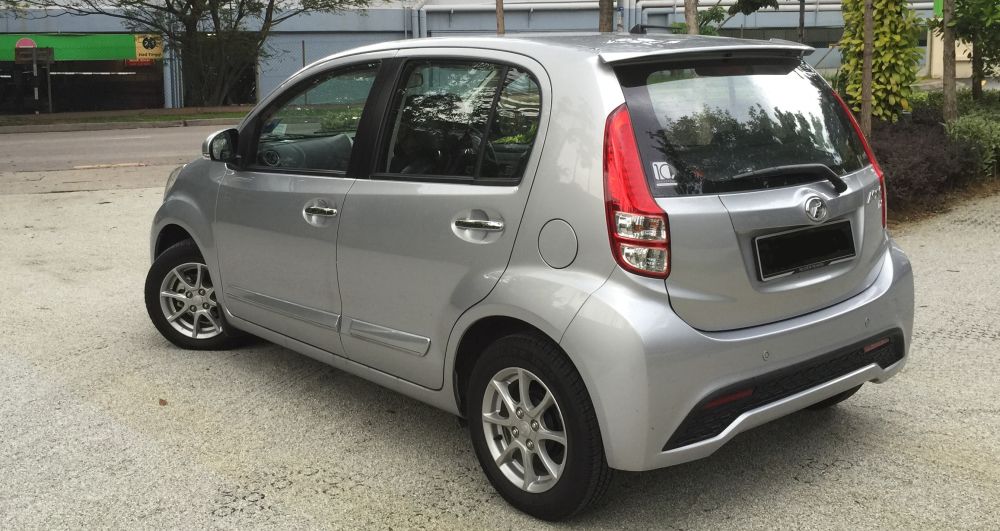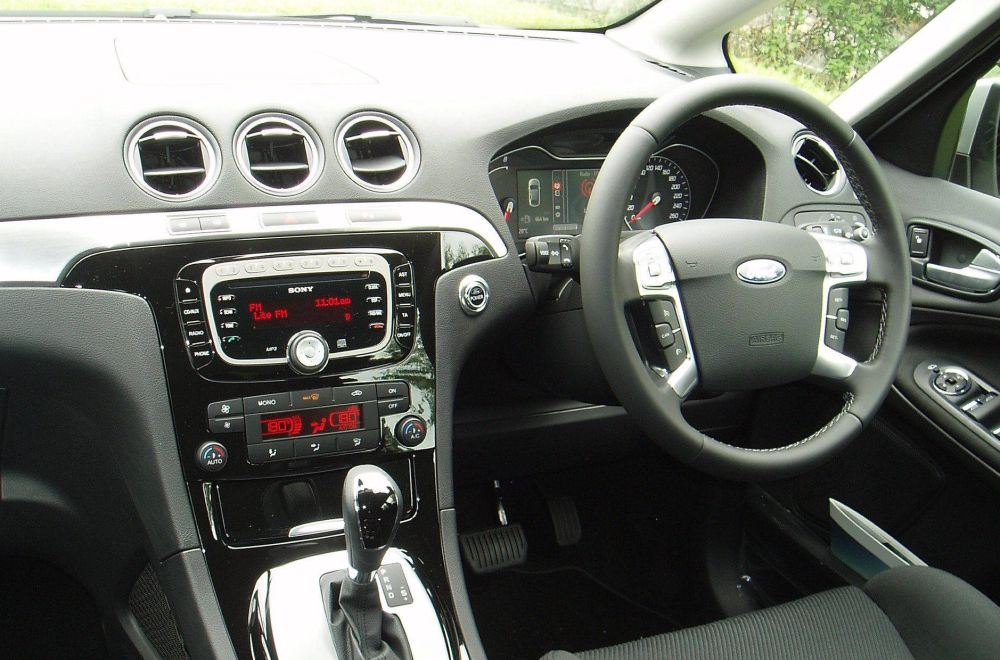In that process, the eyes are off the road ahead for some vital moments.
Sometimes, that extra time taken to digest input and convert it into action may delay coming out of a busy road junction or executing an overtaking manoeuvre. The results are potentially disastrous.
A senior driver is not required to take a driving test again. Neither is it necessary for a medical examination to ensure good eyesight and operations of the limbs and mind.
So it simply means carrying on driving until some serious or life threatening situation occurs Only immediate family members and limitations of insurance companies can stop the driving.

Vehicle size
The risks of senior drivers getting involved in accidents by themselves or with others can be minimised by the right selection of vehicles.
There seems to be a trend among some of those retiring to target the biggest, most luxurious and potent cars as their “final” buy. In the long run, this may not prove the best choice for both the driver and road users.
Most senior drivers seldom drive out of town in the first place. They are more confined to local trips that include visits to the supermarkets or night markets and relatives/friends’ houses.
Therefore, it does not make sense to have a 3.0-litre SUV to achieve these short journeys. The ideal choices would be urban cars with nippy acceleration, which are easy to drive and maintain and with a higher than normal sitting position. Some examples that come to mind are the Perodua Myvi and the Hyundai i10.
Parking spaces can be hard to find these days, even in small towns as the overall vehicle population grows by leaps and bounds. For a senior driver, making three-point turns, especially in dimly lit areas, can be a real challenge. A sub-compact is a better choice because it is easy to manoeuvre and does not challenge the confidence of the senior driver. Moreover, the small car does not encourage the senior driver to drive too fast and risk losing control.

Getting in and out
As one ages, the joints do not allow the limbs to be as flexible as before. Backaches and weak knees are also common ailments for the senior citizens.
An ideal car for them would be one with higher than average seat height. It should not require the occupants to do too much bending down or climbing up when getting in and out.
Door frames should also be wide and high (high roofs are ideal) and the doors easy to open and close.
In some cases, a walking stick might be needed to be easily deployed and stored.

Commanding position
Having a high seat height usually means a commanding driving position. Having a good view means a senior driver will not waste valuable seconds trying to peer out and decipher the traffic condition outside. A commanding view gives a senior driver more confidence when driving.

Large meters
For most senior drivers, eyesight is a problem. Most would have already been using reading glasses from as early as the mid-40s.
Reading off digits in the speedometer may be a problem though forward view may not be as bad. Many senior drivers are also reluctant to buy multi-focal lens spectacles as it means a minimum RM600 investment annually. Most are not aware of the dangers.
When a driver stares at the meters and tries to read the meters, he or she is driving without looking at the road ahead. In short, the vehicle is travelling many metres without the driver being in full control.
The meters must also not only be easily legible to the senior drivers during the day but also at night. Some drivers are not comfortable with fancy colour lights emitted by the meters. Try to check this out when buying a new car.

Easy to drive
It pays to find a car that is easy for you to drive. As leg and knee muscles deteriorate, cars with automatic transmissions and those equipped with Brake Assist (BAS) really come into their own. Automatic transmission simplifies driving. Even when the senior driver has problems figuring out what gear to engage, the automatic transmission would have done so for him.
Forgetfulness is another common ailment of seniors. By keeping driving operations to a minimum, the senior driver can drive safely while concentrating more on how to get out of the modern urban maze of road deviations to go home.
With automatic transmission, there is also no fear of a sudden weakened left knee when trying to slip the clutch of a manual transmission car.
Being older means facing occasions when you may feel unwell and need to see a doctor more often.
The chances of one being forced to drive alone in a weak condition to seek medical help can really happen since many senior citizens are usually left alone in the house during weekdays. A car that is easy to drive helps make those trips easier.

Maintenance cost
Seniors generally have a reduced income. Some depend on their pension money. I have seen some try to keep costs down by skipping scheduled engine oil changes and using regular grade petrol.
They drive cars with dents and scratches not because they like it but so as to avoid spending. Therefore, the ideal car for the seniors would be one that is economical to operate and maintain, with spare parts easily available.
Many insurers also put a cap on the age of the insured and it would add to the operational costs if the vehicle has to have high insurance.
Responsible children should ensure the safety of their aged parents’ vehicles by doing weekly maintenance checks on the liquids, tyres and fuel for them. Opt for the more expensive but trustworthy maintenance-free (MF) batteries to reduce maintenance time and effort.

Peace of mind
Elderly people are easily traumatised. A vehicle breaking down in the middle of nowhere and under a scorching sun can be a very trying experience.
A very good package is to ensure that the senior driver is a member of a 24-hour reliable breakdown service organisation such as the Automobile Association of Malaysia (AAM).
Help is available in all the main towns across the country and even if the senior driver attempts an outstation journey alone, there is a little peace of mind for family members.
The better solution is to have the senior citizens travel as a passenger instead of being in the driver’s seat or even travel by public transport out of town.
It isn't always possible and some experienced senior drivers do not want to be deprived of their share of motoring pleasure and the freedom of being self-mobile.
> If you have tips, suggestions, comments and experiences to relate on senior drivers, please send them to motoring@thestar.com.my. Other readers would like to share your views.
.









